The northern lights are one of the earth’s most spectacular natural occurrences. The sun along with the earth’s atmosphere and magnetic field work in tandem to create this dazzling light show.
We all know that the lights are predominantly seen in states like Alaska or northern countries like Canada or Norway. But why is that?
Alas! It is possible to see the northern lights in Texas, although conditions need to be just right.
This article will dive into all-things-Texas and northern light related!
Can you see the northern lights in Texas?
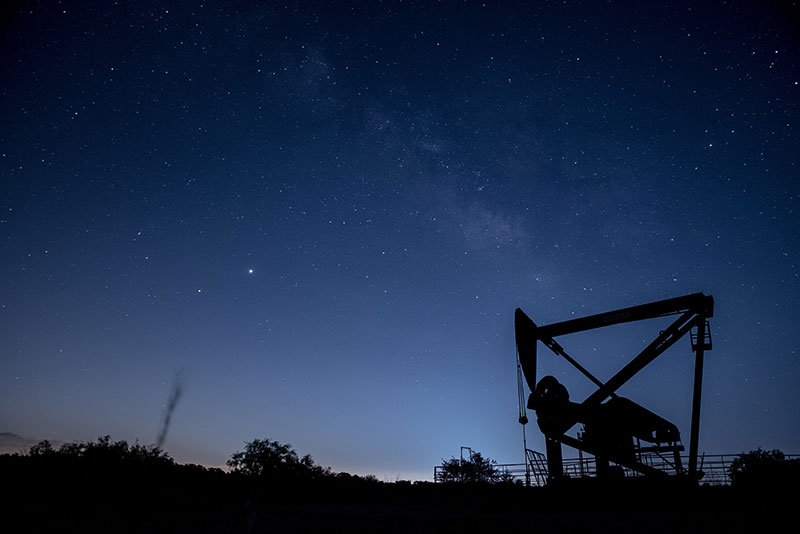
The northern lights can be seen in Texas, but very rarely. Since Texas isn’t anywhere near the north or south poles, conditions need to be very specific to see the northern lights in Texas.
Northern lights are caused by solar wind. Solar wind is when particles are ejected from the sun’s corona. Northern lights are a phenomenon that takes place when the solar wind makes it past the earth’s magnetic field and collides with its upper atmosphere.
Magnetic fields are weakest at the poles and strongest towards the equator, so it’s easier for the solar wind to slip past the field near the poles.
To see the northern lights in Texas, the solar wind has to be very strong and you need to be somewhere that is mostly void of light pollution.
Have the northern lights ever been visible in Texas?
Northern lights have been visible in Texas.
There was a rare sighting in October of 2011. Due to a coronal mass ejection, both the common green colors and rare red hues could be seen as far south as Texas and ranged from Maine to California.
As to the different colors: red auroras happen higher up in the atmosphere, between 180 and 300 miles above the surface. Meanwhile, green auroras take place around 60 miles above the surface.
How often do the northern lights appear in Texas?
The sun has a cycle of 11 years, including a solar maximum lasting 3-4 years. Solar maximums are time periods where the most particles are blasted from the sun. The next solar maximum will take place in 2025.
This means that the best chance to see the northern lights in a lower state like Texas is once every 11 years, although sightings are far more rare than that.
What kind of conditions make it possible to see the northern lights in Texas?
To see the northern lights in Texas, there has to be a very strong solar wind capable of breaking through the state’s thick magnetic field. This will likely only happen during a solar maximum.
Other conditions include a clear sky and little to no light pollution. Unfortunately, even if there is a huge solar wind, clouds and light pollution can ruin your shot at seeing the lights.
Why aren’t the northern lights as visible in Texas as other places like Alaska?
Northern lights are more visible in Alaska and other northern states because they are closer to the north pole.
The earth is protected from solar wind by its magnetic field. But since the magnetic field is weaker around the poles, particles can get through more easily and cause the dance of lights.
This is why people who search out the northern lights head north instead of south (unless they live in the southern hemisphere!)
What is the KP-Index and how does that relate to seeing the northern lights in Texas?
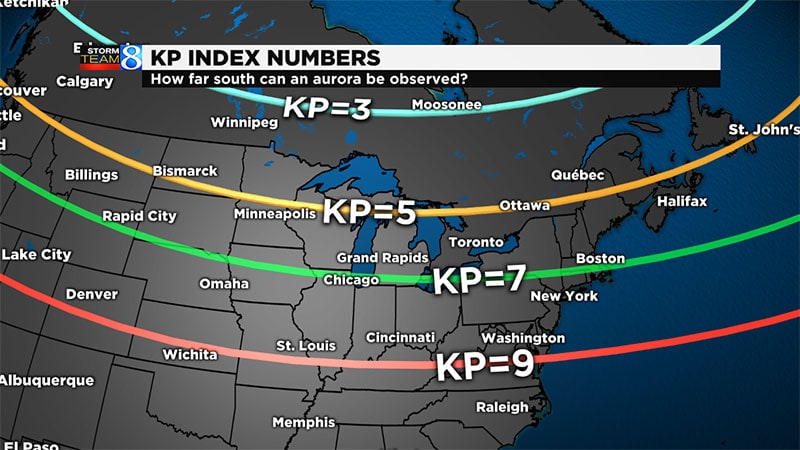
The KP-Index is a measurement ranging from 0 to 9. A higher KP-index means better chances of seeing the northern lights.
There has to be a very high KP-index, such as an 8 or a 9, in order for the northern lights to be visible from Texas.
What are the best places to see the northern lights in Texas?
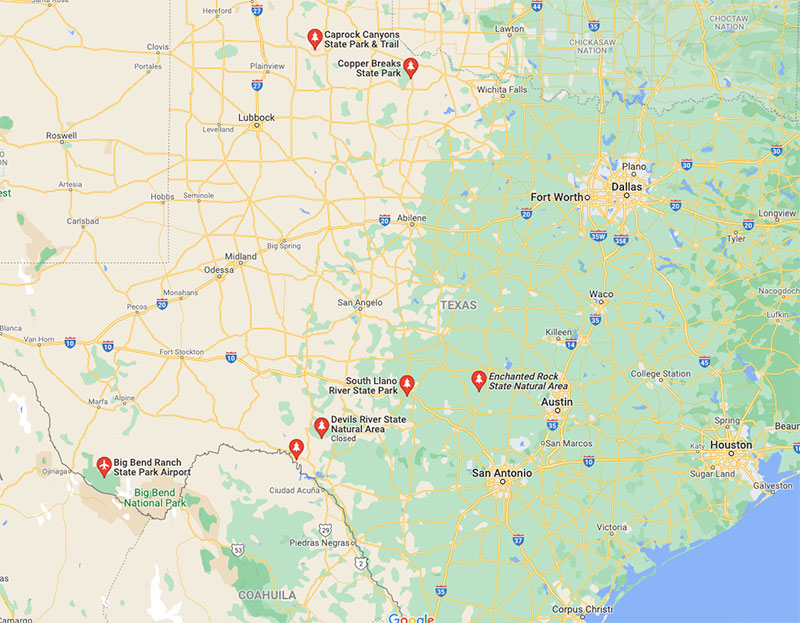
1. Big Bend Ranch State Park
Big Bend Ranch State Park is a remote park that has stunning night skies, incredible views, mountains, and high desert solitude- perfect for northern light viewing!
Even better, it’s a designated International Dark Sky Park with lots of stargazing.
To view the northern lights you can stay in hike-in or drive-up campsites. Every site can be reached by vehicle, besides the backcountry sites.
2. Copper Breaks State Park
This State Park is in North Texas, meaning the magnetic field is weaker than in southern Texas.
The state park is known for its sunrises, sunsets, and dark skies, meaning wide open views to see the northern lights.
Copper Breaks State Park is an International Dark Sky Park and offers show-stopping stargazing.
3. Enchanted Rock State Natural Area
Enchanted Rock is a huge pink granite dome that has been drawing people to the site for thousands of years.
Designated as an International Dark Sky Park, it is known as one of the best places to stargaze in Central Texas. You can view the Milky Way and the park has taken monumental steps to minimize its nighttime lighting.
You can view real time sky darkness measurements here.
4. South Llano River State Park
The focal point of South Llano River State Park is the river, although looking at the sky takes the front seat in our list of to-do’s.
It is a designated International Dark Sky Park with lots of stargazing resources, such as a light pollution map and Clear Sky Chart, located here.
Camping is also available so you can stay up all night watching the sky.
5. Devils River State Natural Area
A true wilderness experience, this Natural Area offers lots to do both on water and land.
You can go paddling, fishing, or swimming, but be prepared to pack all your gear on a one-mile hike from the car!
Being in southwest Texas, you are a little less likely to see the northern lights here than in other parks listed. But in the case of a large solar event, this is certainly a stunning place to be!
6. Caprock Canyons State Park & Trailway
There are nearly 90 miles of trail at the Caprock Canyons State Park & Trailway.
You will have a truly unique experience watching bison and bats, riding horses, geocaching, and more.
Wide open plains allow for truly unobstructed views of the night sky.
7. Seminole Canyon State Park & Historic Site
Ancient rock art is the driving force behind this park. Left by early canyon dwellers, we are still trying to decipher the pictographs to this day.
Get on top of one of the canyons for a beautiful panoramic view perfect for looking up at the stars.
There are 46 campsites, so you can stargaze in the middle of the night on the lookout for the elusive northern lights.
Tips to see northern lights in Texas
Here are some top-notch tips for seeing the northern lights!
-
Get as far north as possible. The northern parts of Texas are more likely to experience the northern lights than the southern parts of Texas (especially considering how large the state is!)
-
Know what time of year to expect the northern lights. In the northern hemisphere, September-April are the prime months for viewing because the skies are darkest.
-
Check out the forecast on different websites and apps.
-
Shoot for nights with under a ¼ moon, as the light of the moon can be bright enough to disrupt your view.
-
Be prepared to stay up all night, and go somewhere as dark as possible!
-
Look to the northern horizon.

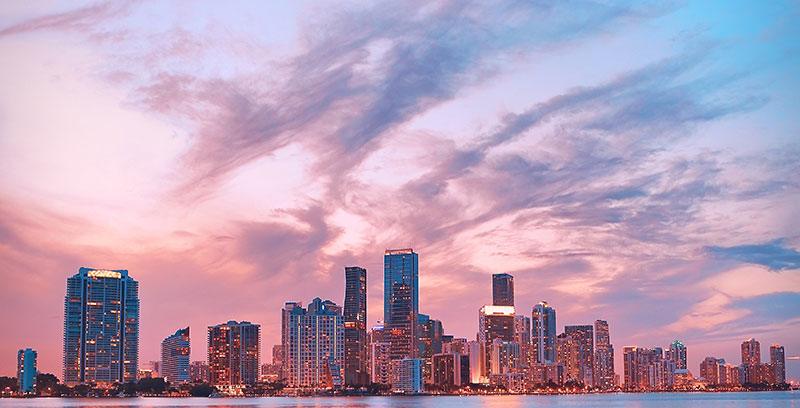
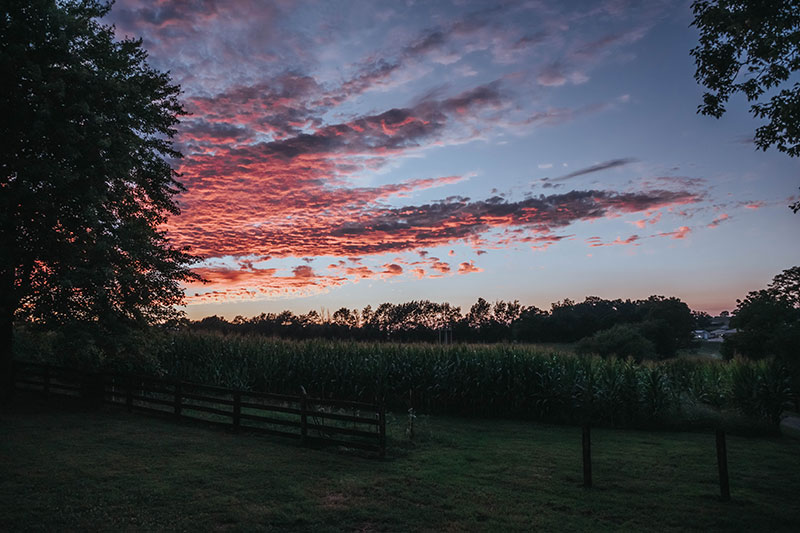
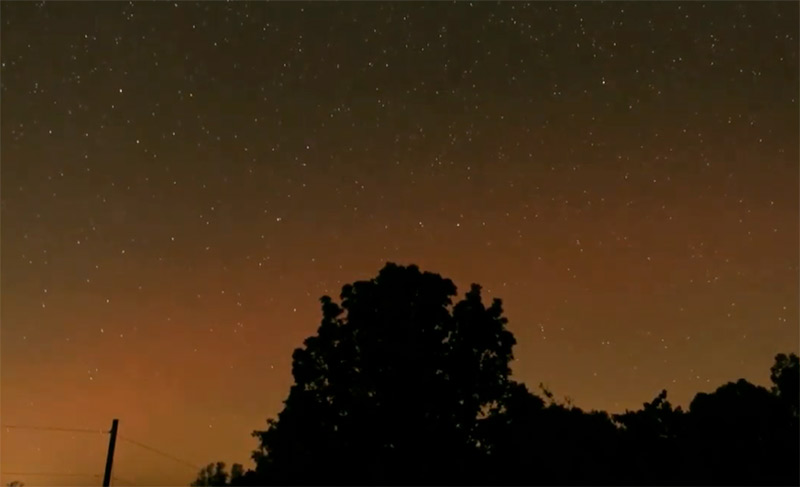
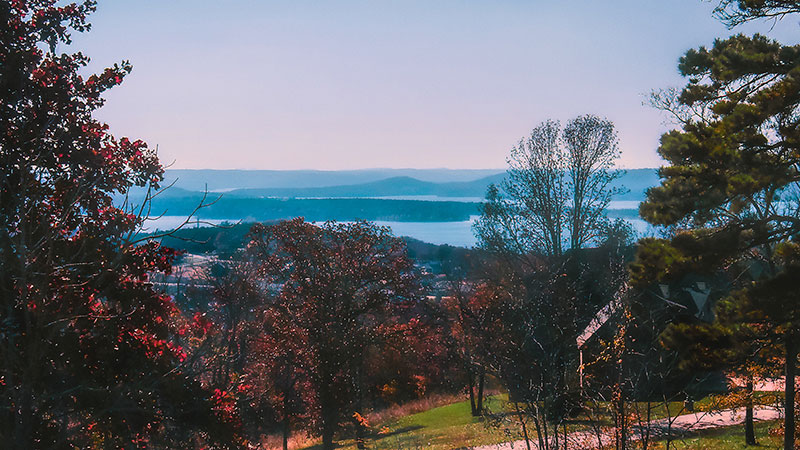
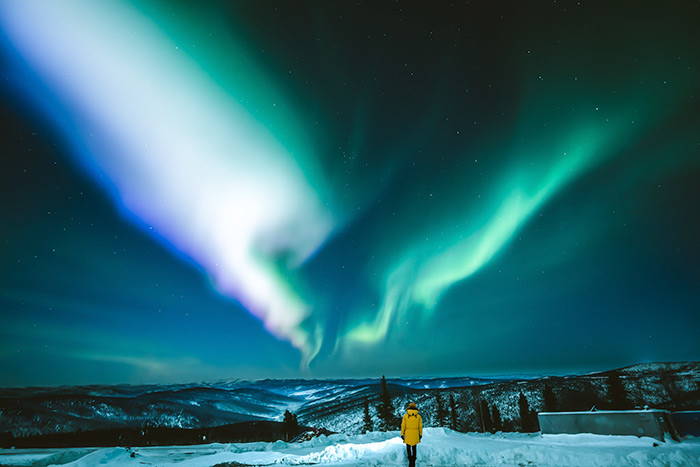
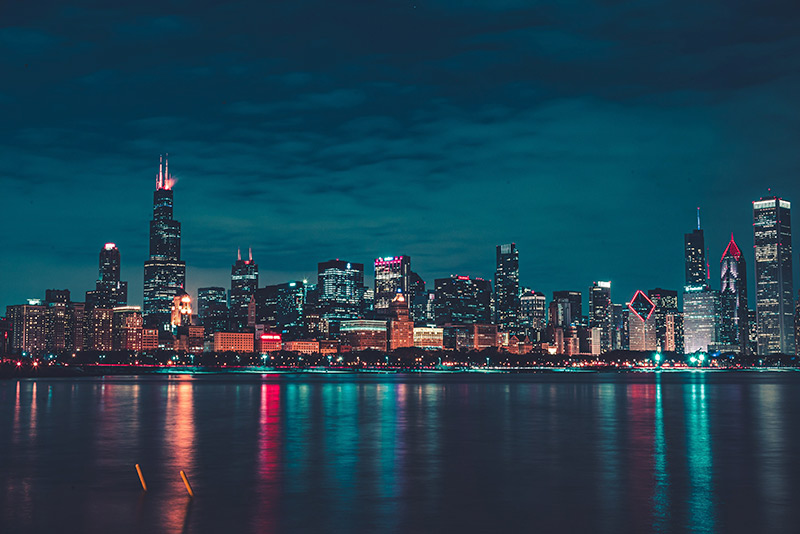
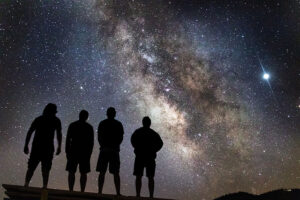
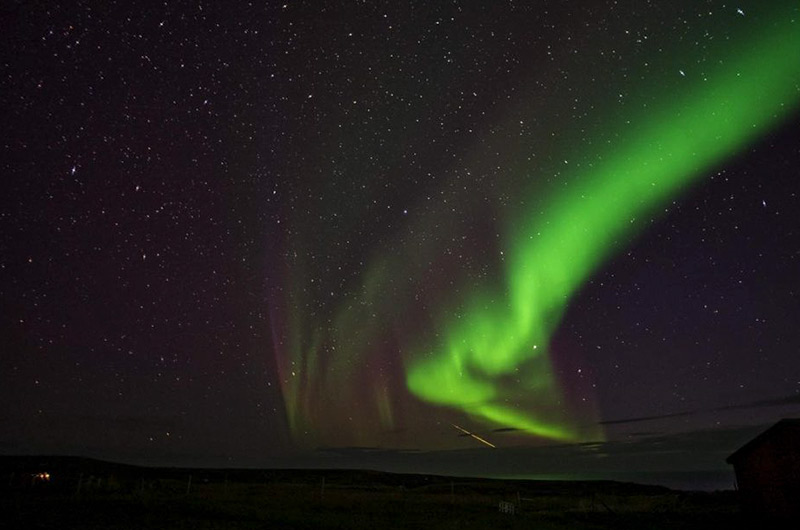
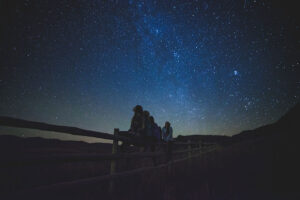
Leave a Reply